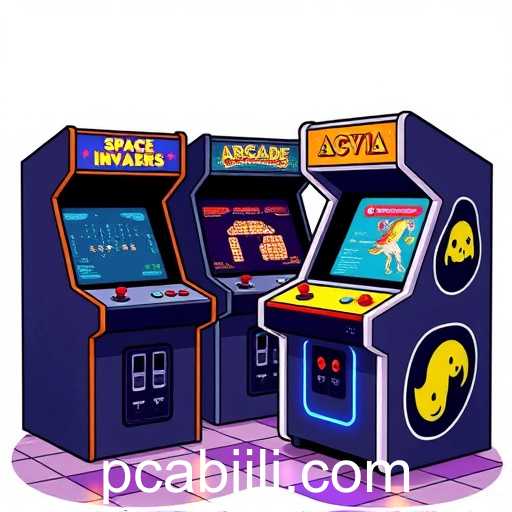In the vibrant world of gaming, few categories capture the nostalgia and excitement of arcade games. Despite the rapid evolution of gaming technology and the rise of elaborate console and PC gaming experiences, arcade games hold a firm grip on both enthusiasts’ hearts and the broader gaming landscape. The keyword 'abjili' might refer to some new wave trends or niche markets that further exemplify the timeless quality of arcade games.
Arcade games originated in the early 20th century, but it was the late 1970s and 1980s that marked their golden era. Classic titles such as Pac-Man, Donkey Kong, and Space Invaders became cultural icons, their gameplay simple yet profoundly addictive. The satisfying burst of lights and sounds, combined with straightforward yet challenging objectives, kept players feeding quarters into machines for just one more round.
As the arcade scene flourished, these games became a social hub—a place where players gathered to compete, collaborate, and escape daily life. The atmosphere of arcades was a sensory overload of electronic melodies, bright lights, and the ever-present camaraderie or rivalry of fellow players close by.
Fast forward to the present, and arcade games continue to thrive in various forms. Many games have transitioned into digital platforms, available on consoles, PCs, and even mobile phones. Titles like Street Fighter, Puzzle Bobble, and many others have found renewed lives via online play and retro gaming collections. Even physical locations, often featuring retro-style bars combining the classic arcade aspect with modern social experiences, are popping up around the world. Such spaces provide new opportunities for enthusiasts to engage with these games in a communal setting reminiscent of the original arcade days.
Moreover, the design principles from classic arcade games significantly influence modern game development. Game designers often seek inspiration from these original forms of gaming to craft experiences that focus on skill, quick reflexes, and straightforward enjoyment. The resurgence of indie games has further fueled this trend, with many developers creating pixel art games that replicate the classic arcade style.
The charm of arcade games lies in their ability to evoke simplicity and joy. These games manage to find a delicate balance; they are easy to learn yet challenging to master, making them a perfect fit for any era, including our contemporary one. While the tools and platforms may change, the core appeal of arcade games—timeless designs bringing people together—remains indomitable.








